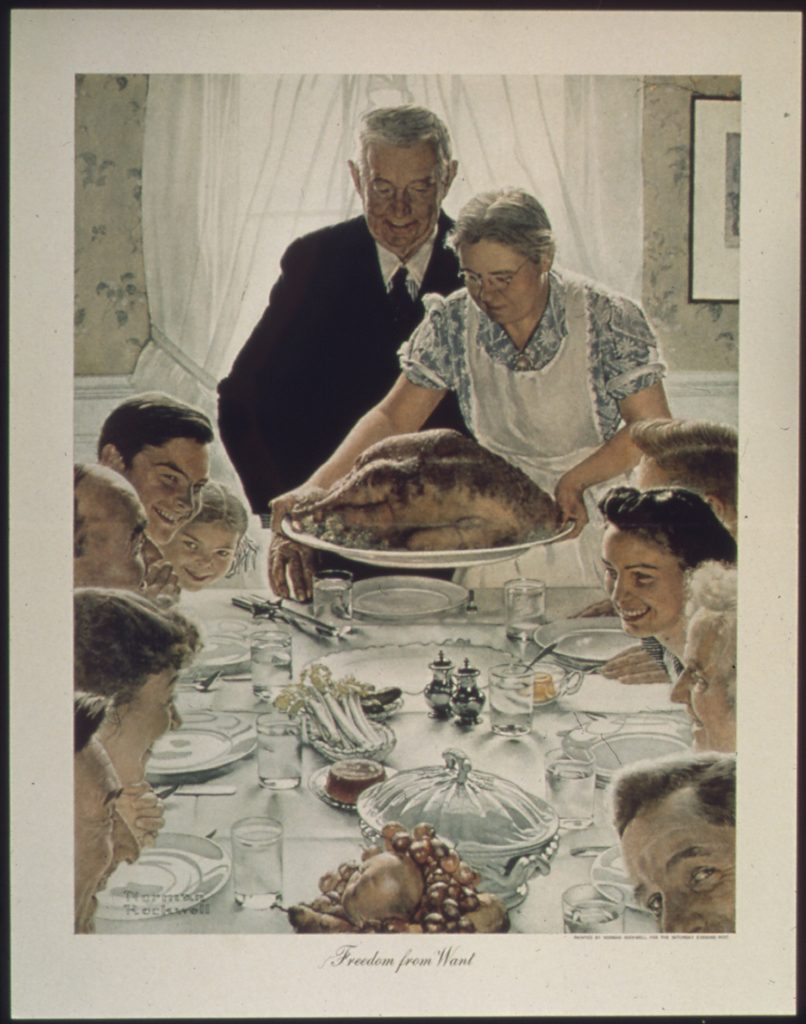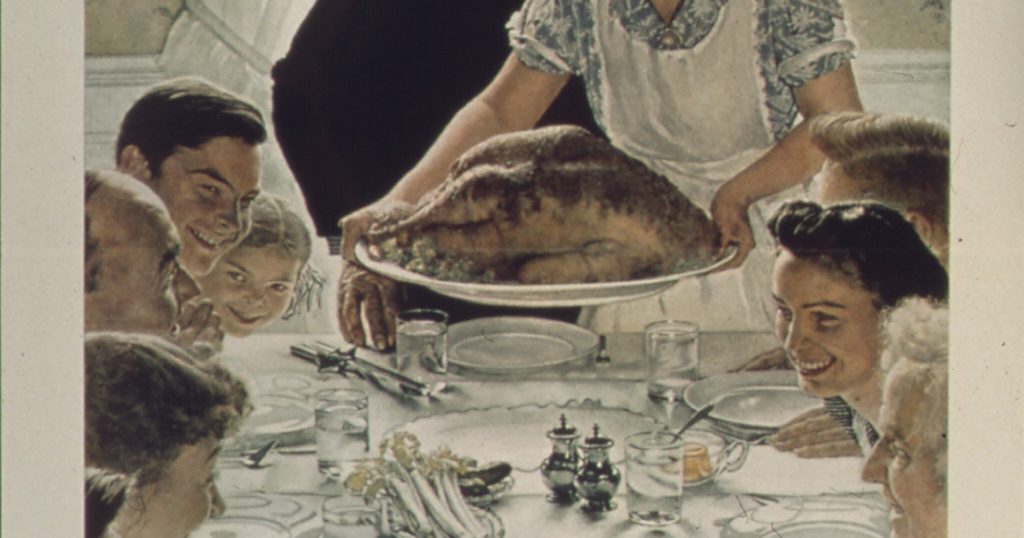Norman Rockwell was an illustrator and painter from America. Rockwell, born in New York City in 1894, has always desired to be an artist. Rockwell started attending The New York School of Art as a 14-year-old student, and he graduated from high school two years later, in 1910, to pursue art studies at The National Academy of Design. Soon after, he moved to The Art Students League and studied under George Bridgman and Thomas Fogarty.
Rockwell’s artwork usually encapsulated the essence of American culture and beliefs by portraying situations from everyday life. His 20th-century American life representations in paintings gained notoriety, particularly those created for the covers of The Saturday Evening Post. Many of his works are easily recognized and have profoundly affected the nation’s populace. Rockwell was an exceptional storyteller, as seen by his artwork. He usually made a point or told a story in his narrative paintings. He paid close attention to composition and detail to create recognizable images that evoke tenderness, humour, or nostalgia.
Although romanticized and idyllic scenes are often associated with Rockwell’s paintings, he also tackled modern social challenges. His paintings addressed civil rights, poverty, and freedom of speech. Many people could grasp his conversations because he could address complex issues within familiar, comfortable circumstances. Rockwell was a very skilled and proficient artist in terms of technique. The broad appeal of his work was partly attributed to his skill in portraying people and emotions, his meticulous attention to detail, and his use of colour; his realistic style, which is frequently referred to as “American realism,” connected with many people. Over his many years of employment, Rockwell produced a sizable body of work.
His ability to create fascinating art over an extended period was primarily responsible for his standing as one of the most prolific and enduring American artists. Rockwell’s paintings transcended boundaries in the art world and entered the conversation about culture. His paintings were featured in magazines, advertisements, and even stamps, which helped them become well-known and ingrained in popular culture.
Both fine painting and illustration benefit from Rockwell’s influence. He has significantly impacted commercial art; contemporary illustrators and artists frequently credit him as an inspiration. In addition to his technical skill and adaptability, Norman Rockwell’s ability to connect emotionally and relatably with people has solidified his position as a key figure in American art history. His work still acknowledges his superior artistic ability and cultural significance.
Freedom From Want by Norman Rockwell
“Freedom From Want,” one of Norman Rockwell’s most famous paintings, is a part of his “Four Freedoms” series. These paintings were inspired by President Franklin D. Roosevelt’s 1941 State of the Union Address, which enumerated four fundamental human liberties to which everyone should be entitled. The four freedoms are freedom of expression, freedom of religion, freedom from want, and freedom from fear.

1943 saw the publication of “Freedom From Want” as one of four pictures in The Saturday Evening Post. A multi-generational family is seen in the picture gathered around a table, symbolizing a traditional Thanksgiving dinner in America. The family is beaming and enjoying the festivities as there is a sumptuous feast on the table. The two primary figures in the artwork are an older woman chopping a turkey and a man sitting at the head of the table.
Rockwell’s “Freedom From Want” represents American values such as prosperity, hard work, and the importance of family and community. It highlights that shared plenty and the sense of security from being surrounded by loved ones are just as crucial to freedom from want as material wealth. It captures the cosiness and friendship of a holiday get-together.
The “Four Freedoms” series, which included “Freedom From Want,” gained enormous popularity during World War II and was used as a propaganda tool for war bonds. These works of art profoundly impacted the American identity and the principles of democracy and freedom. “Freedom From Want” continues to be a timeless representation of the spirit of America and the aspiration for a society devoid of suffering and terror.
Freedom From Want and American Culture
Norman Rockwell’s famous painting “Freedom From Want” encapsulates many aspects of American culture. The artwork was created in 1943, a crucial period in American history that coincided with World War II, and it addresses important cultural values and sentiments. “Freedom From Want” pays tribute to the abundance that many Americans have experienced, particularly during prosperous times. The painting’s representation of an opulent Thanksgiving feast enhances the idea of the American Dream and the pursuit of happiness by serving as a metaphor for the nation’s abundance.
Concentrating on the family and the shared dinner demonstrates how important family ties shape the American experience. Rockwell’s works, including “Freedom From Want,” often express hope and a positive outlook. Even amid strife, the photo portrays a picture-perfect scene of people celebrating, being happy, and cosy. This optimism reflects a resilient culture resolved to maintain an optimistic attitude in the face of hardship.
The inclusive artwork shows a joyful and diverse group commemorating a shared tradition. This exemplifies the idea of cultural harmony and the melting pot, where individuals from all origins interact with and add to the mainstream culture of the United States. It’s well known that Rockwell glorified some aspects of American culture in his artwork. Thanksgiving is romanticized in “Freedom From Want,” which emphasizes the holiday’s warmth, friendship, and compassion. This idealization helps people feel more a part of and proud of their nation.
During World War II, the “Four Freedoms” series—which featured “Freedom From Want”—was created with a patriotic purpose.
Connecting American values and the foreign independence movement enhanced support for the war effort and boosted national identity. The fact that the song “Freedom From Want” is still in high demand suggests that American society still thinks it is relevant. Copies of the photo are usually on display around Thanksgiving, indicating links to tradition and shared cultural values.





